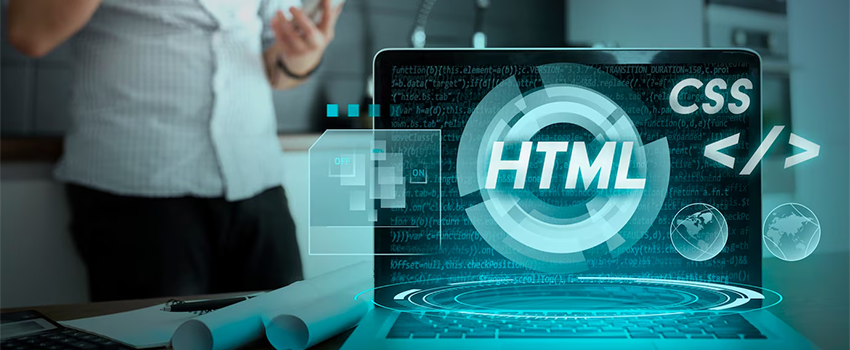With millions of websites powered by WordPress, it remains one of the most widely used content management systems in the dynamic field of web development. A critical factor in its popularity is the vast array of plugins available, offering functionalities ranging from SEO optimization to e-commerce solutions. However, with great power comes great responsibility. Poorly managed plugins can compromise your site’s security and performance. Here, we’ll explore essential tips for effectively managing WordPress plugins to ensure your site remains secure and efficient.

Stay Updated: Updating the core, themes, and WordPress plugins is essential. Developers release regular updatesess security vulnerabilities, improve performance, and add new features. Set up automatic updates whenever possible, but check for updates manually to catch any missed ones.
Choose Wisely: Selecting the right plugins is crucial. Prioritize reputable plugins with a history of regular updates and positive reviews. Opt for lightweight plugins that serve your needs without adding unnecessary bloat to your site—research and test plugins in a staging area before putting them live on your main website.
Regular Audits: Perform periodic plugin audits to identify unused or obsolete ones. Deactivate and uninstall plugins you no longer require, as they can pose security risks and contribute to performance issues. Keep only the essential plugins that actively contribute to your site’s functionality.
Security Measures: Implement strong security measures to shield your website from malicious attacks. Use security plugins that offer features like firewall protection, malware scanning, and login protection. Additionally, enforce strong passwords, limit login attempts, and employ two-factor authentication to fortify your site’s defenses.
Monitor Performance: Monitor your site’s performance closely, especially after installing or updating plugins. Use tools like Google PageSpeed Insights or GTmetrix to analyze loading times and identify any performance bottlenecks caused by plugins. Optimize images, enable caching, and utilize a content delivery network (CDN) to enhance speed and responsiveness.
Backup Regularly: Despite taking preventive measures, incidents like data breaches or plugin conflicts can still occur. Implement regular backups of your site to mitigate potential data loss. Choose a reliable backup solution that offers automated backups and allows you to restore your site effortlessly in an emergency.
Limit Plugin Access: Only restrict plugin installation and activation privileges to trusted users. Minimize the number of individuals with administrative access to your WordPress site to reduce the likelihood of unauthorized plugin installations or modifications. Implement user roles and permissions effectively to control access levels.
Stay Informed: Stay abreast of WordPress security news and best practices to remain proactive in safeguarding your site. Subscribe to reputable security blogs, follow WordPress security forums, and join relevant communities to stay informed about emerging threats and vulnerabilities.
Test Updates Safely: Updates should be tested in a staging environment before being deployed to your live site to ensure compatibility and stability. It lets you find and fix problems without worrying about breaking your live site. With staging environments, you can accurately simulate plugin configurations and updates by copying the layout of your site.
Seek Professional Assistance: If you require clarification on managing plugins or maintaining your site’s security, consider seeking assistance from WordPress professionals. Hiring a reputable WordPress developer or agency can provide invaluable expertise and support, ensuring your site remains secure and efficient.
By following these tips for effective WordPress plugin management provided by Saskatoon Tech, you can enhance your site’s security, performance, and overall user experience. Remember, proactive maintenance and vigilance are vital to keeping your WordPress site running smoothly despite evolving threats and challenges.
